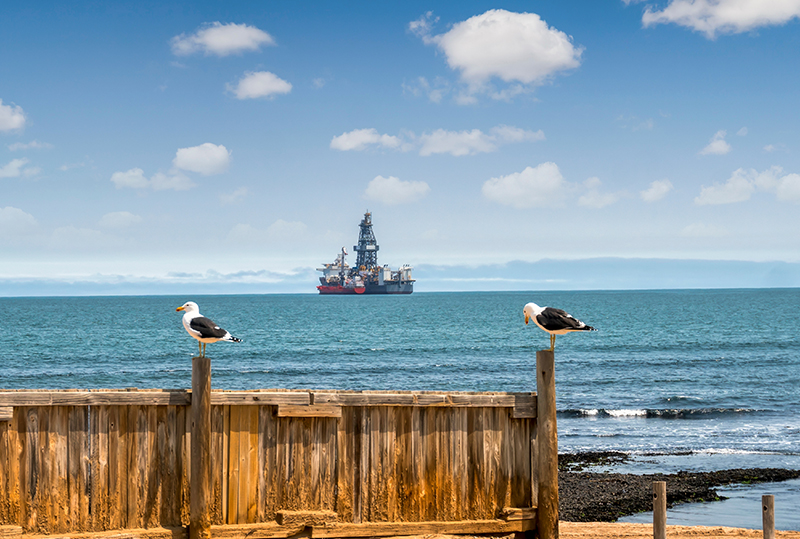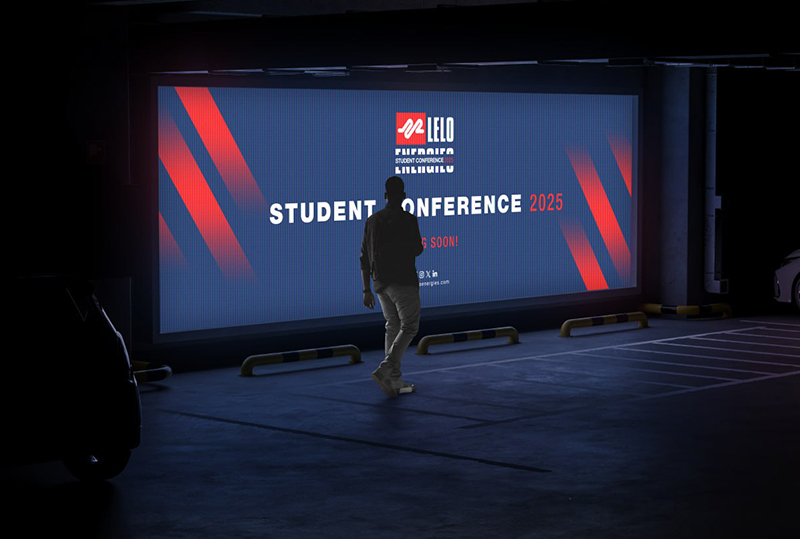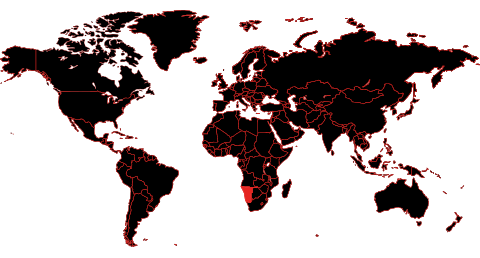Chevron’s Exploration Setbacks and the Future of Namibia’s Onshore Oil and Gas
The Reality of Exploration in Namibia’s Oil Frontier
In January 2024, Chevron announced that its Kapana-1X exploration well in Block 2813B (PEL 90) did not find commercial hydrocarbons. For those unfamiliar with the industry, this might seem like a failure, but in the world of oil exploration, dry wells are more common than successful finds.
Chevron’s setback offers valuable lessons not only for oil companies but also for Namibia’s broader energy strategy. The country must learn to navigate the high-risk, high-reward nature of oil exploration while ensuring that every phase contributes to national growth and economic resilience.
Kapana-1X was drilled in Block 2813B, a region within the Orange Basin, where other operators, including Shell and TotalEnergies, have made significant discoveries. The well was designed to test the hydrocarbon potential of deeper geological formations, which, if successful, could have opened new exploration avenues in the basin.
However, after extensive drilling and analysis, Chevron confirmed that no commercial quantities of oil or gas were present. While this was disappointing, the data collected is invaluable for future exploration. In oil exploration, a dry well can provide critical geological insights, helping geologists and engineers better understand subsurface conditions and reservoir characteristics. This knowledge will guide future drilling activities and reduce risks for subsequent projects.
Kapana-1X was drilled in Block 2813B, a region within the Orange Basin, where other operators, including Shell and TotalEnergies, have made significant discoveries. The well was designed to test the hydrocarbon potential of deeper geological formations, which, if successful, could have opened new exploration avenues in the basin.
However, after extensive drilling and analysis, Chevron confirmed that no commercial quantities of oil or gas were present. While this was disappointing, the data collected is invaluable for future exploration. In oil exploration, a dry well can provide critical geological insights, helping geologists and engineers better understand subsurface conditions and reservoir characteristics. This knowledge will guide future drilling activities and reduce risks for subsequent projects.
Chevron’s experience highlights the unpredictable nature of oil exploration, even in promising regions like the Orange Basin. It also underscores a critical reality: Not every well drilled in Namibia will be a success, even as international excitement continues to grow.
For Namibia, this event is a reminder of the importance of economic diversification. The government and industry stakeholders must resist the temptation to rely too heavily on oil revenues and instead invest in building a balanced economy that can withstand fluctuations in the oil market.
This also presents an opportunity to enhance local technical capacity. With each well drilled—successful or not—local engineers, geologists, and oilfield service providers gain invaluable experience. This knowledge transfer is crucial for building a sustainable and competitive local energy industry.
Namibia
Chevron’s setback also signals a growing need for advanced seismic and geological technologies. Namibia can attract investment by positioning itself as a hub for exploration technology and research, encouraging partnerships with international tech firms and universities.
Chevron’s Kapana-1X well may not have found oil, but it has added another layer of knowledge to Namibia’s subsurface geology. The real failure would be to ignore the lessons learned and not leverage the data gathered. For Namibia, this is a chance to adapt, innovate, and strengthen its exploration strategy, ensuring that future wells have a higher chance of success.
By maintaining a balanced and forward-looking approach, Namibia can continue to attract international investment while building local expertise and infrastructure. For Lelo Energies, this is an opportunity to lead the conversation and shape public understanding, positioning itself as a thought leader in Namibia’s evolving energy landscape.
Key sources:
• The Namibian (Jan 2024) – “Chevron Confirms Kapana-1X Well is Dry, but Exploration Continues”
• Bloomberg Africa (Jan 2024) – “Challenges of Offshore Exploration: Lessons from Chevron’s Experience”
• Petroleum Economist (Feb 2024) – “The Role of Dry Wells in the Exploration Cycle: A Namibian Case Study”
Earth Day 2025 – Our Power, Our Planet
“Our Power, Our Planet” — the theme of Earth Day 2025 — is not just a rallying cry for envir
Positioning Namibia’s Youth at the Center of Its Energy Future
Namibia stands at a pivotal moment in its national development, faced simultaneously with a signific
What Every Namibian Student and Entry-Level Professional Should Know About the Upstream Oil & Gas Sector
The upstream oil and gas industry in Namibia is no longer a theoretical possibility—it is a rapidl





Post a comment